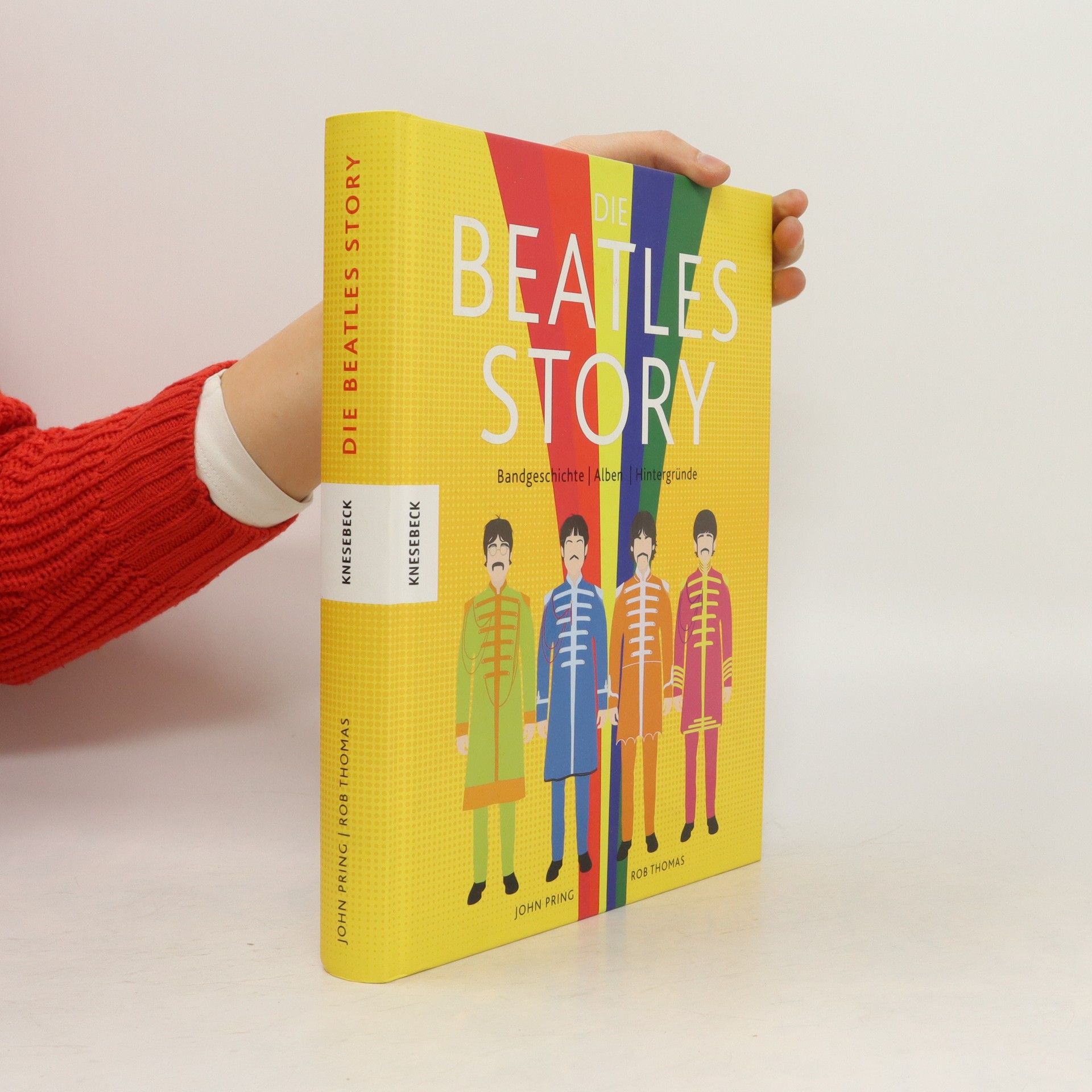A thoroughly researched exposé of the bureaucratic violence and hostility of the Department for Work and Pensions (DWP) over the last 30 years
John Pring Book order




- 2024
- 2018
VISUALIZING THE BEATLES
- 276 pages
- 10 hours of reading
Foreword by Rob Sheffield Filled with stunning full-color infographics, a unique, album-by-album visual history of the evolution of the Beatles that examines how their style, their sound, their instruments, their songs, their tours, and the world they inhabited transformed over the course of a decade. Combining data, colorful artwork, interactive charts, graphs, and timelines, Visualizing the Beatles is a fresh and imaginative look at the world’s most popular band. Meticulously examining the songs on every Beatles’ album from Please Please Me to Let It Be, UK-based graphic artists John Pring and Rob Thomas deconstruct: lyrical content songwriting credits inspiration for the songs instruments used cover designs chart position and more . . . . They also break down the success of Beatles’ singles across the world, their tour dates, venues, and cities, their hairstyles, fashion choices and favorite guitars, and a wealth of other Beatles’ minutiae. Visualizing the Beatles also includes illustrations involving the conspiracy theories of the "Paul is dead" hoax as well as A-to-Z lists of every artist or performer who has ever covered a Beatles’ song. Comprehensive, entertaining, and packed with fun facts, Visualizing the Beatles is a wonderful introduction for new fans and a must-have for devotees, offering a new way to think about this extraordinary band whose influence continues to shape music.
- 2018
Unterhaltsam und prall gefüllt mit Infos: Das umfassende Beatles-Buch In diesem genial illustrierten Fan-Buch begeben Sie sich auf eine visuelle Zeitreise durch die Welt der Beatles, ihrer Songs und ihrer Zeit. Selbst eingefleischte Beatles-Fans werden überrascht sein von den im Buch vorgestellten Details zu John Lennon, Paul McCartney, George Harrison und Ringo Star, die zu ihrer Zeit für eine echte Beatlemania gesorgt haben. Album für Album werden in witzigen und überraschenden Infografiken, Karten und Zeitleisten Infos wie beispielsweise Tourdaten, alternative Album-Titel, die ikonischen Haarschnitte oder die Kultgitarren der Bandmitglieder beleuchtet. Die Beatles-Songs jedes Albums von Please Please Me über Sgt. Pepper’s Lonely Hearts Club Band und Abbey Road bis Let It Be werden untersucht und aufgedeckt, was jeweils zum Song inspirierte, wer ihn geschrieben hat, welche Instrumente zu hören sind welche Songs zu Charterfolgen wurden. Ebenso enthält das Buch Illustrationen zur konspirativen „Paul is dead“-Falschmeldung sowie eine A bis Z-Liste aller Künstler, die jemals einen Beatles-Song gecovert haben und noch mehr spannende Fakten zu den Fab Four aus Liverpool. Umfassend, verständlich, unterhaltsam und voller witziger Fakten ist dieses Buch eine wunderbare Einführung in die einzigartige Geschichte der Beatles und ein ideale Geschenk für alle Beatles-Fans.
- 2016
'The evolution of the Fab Four has never before been documented in such a concise, exciting and beautiful way' Damian Keyes, Founder, Brighton Institute Modern Music. VISUALISING THE BEATLES by John Pring & Rob Thomas is a visual guide to one of the world's greatest bands told through stunning infographics. The perfect Christmas gift.